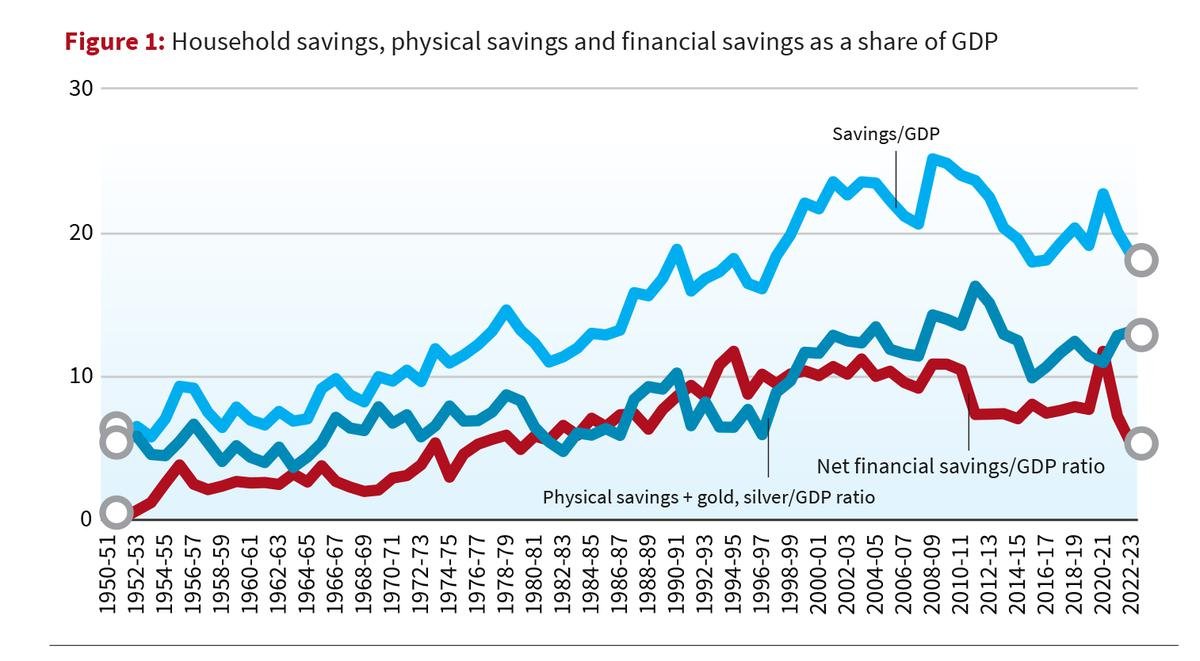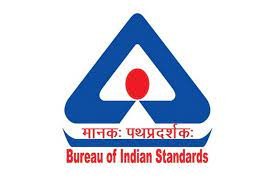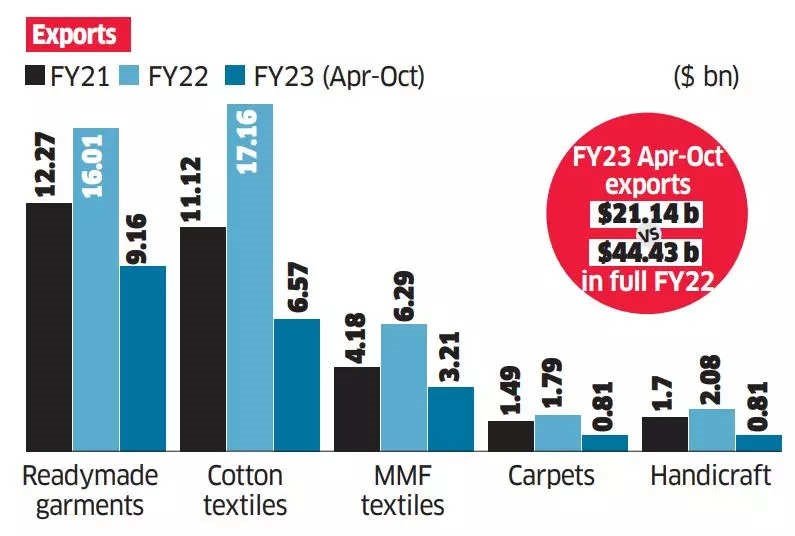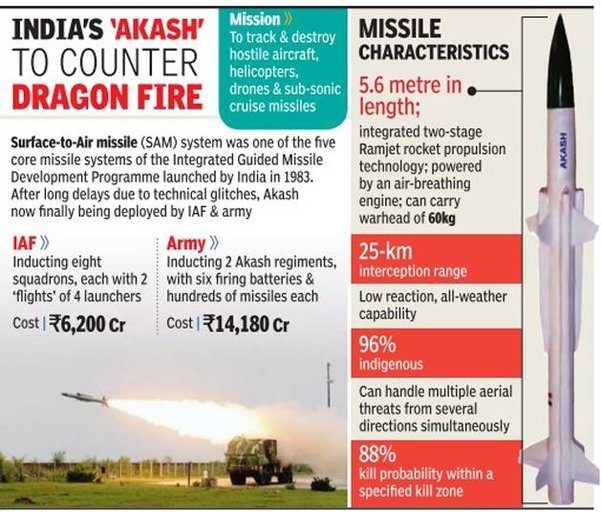
Floods in India
Subscribers of "Current Affairs" course can Download Daily Current Affairs in PDF/DOC
Subscribe to Never Miss an Important Update! Assured Discounts on New Products!
Must Join PMF IAS Telegram Channel & PMF IAS History Telegram Channel
- Context (DTE): India is a country that faces the twin challenges of floods and droughts every year.
- 21.06 per cent of the country faced a drought in 2022, compared to 7.86 per cent in 2021.
- 46 million hectares of land was prone to flooding out of 329 million hectares of land in the country,.
Impacts of Floods in India
Loss of Life
- According to the National Disaster Management Authority(NDMA), floods are one of the most frequent and deadly natural disasters in India.
- Every year, on average, 1,600 lives are lost due to floods.
Damage to Property
- Floods can damage houses, buildings, roads, bridges, crops, livestock, vehicles, and other infrastructure and assets.
- According to the NDMA, floods affect about 75 lakh hectares of land and inflict damage worth Rs 1,805 crore to crops, houses and public utilities every year in India.
Displacement of People
- Floods can force people to leave their homes and create humanitarian crises by affecting the availability of food, water, sanitation, health care, and education.
- According to the Internal Displacement Monitoring Centre, floods displaced about 5.4 million people in India in 2020.
Environmental Degradation
- Floods can impact the environment by eroding the soil, altering the natural habitats of flora and fauna, polluting the water sources, and increasing the risk of landslides and epidemics.
- Also affects the ecological balance of rivers and wetlands by changing their hydrology and biodiversity.
- Floods can threaten the survival of endangered species such as the Gangetic dolphin and the gharial in the Yamuna River.
Economic Losses
- Floods can affect economic growth and development by reducing agricultural output, disrupting industrial production, affecting trade and commerce, and increasing expenditures on relief and rehabilitation.
- Floods can also affect the tourism sector by damaging the cultural heritage and natural attractions.
- A study by the World Bank says floods cost India about $14 billion annually in direct losses.
Causes of Floods in India?
Heavy Rainfall
- The monsoon season brings intense and erratic rainfall to different parts of the country.
- Sometimes, the rainfall exceeds the capacity of the soil to absorb or the drainage system to carry away the excess water, resulting in floods.
Snowmelt
- The snow and glaciers in the mountains melt due to rising temperatures and flow down into the rivers and streams.
- This can increase the water level and cause floods downstream.
- A flash flood occurred in Uttarakhand due to a glacial burst that triggered an avalanche of snow, ice, and debris.
Cyclones and Storms
- These weather events bring strong winds and heavy rains along the coastal areas of India, causing storm surges that can inundate low-lying areas and cause coastal flooding.
River Overflow
- This is a cause of floods that occurs when the water level in a river exceeds its carrying capacity due to excessive inflow from upstream or reduced outflow downstream.
- In 2023, the Yamuna River overflowed its banks due to heavy rainfall in upstream states such as HP and Haryana.
- The barrages in Delhi were unable to effectively regulate and redirect the river’s flow, leading to flooding of several areas along the river.
Insufficient Number of Waterbodies
- A 2021 Bangalore survey found that 20 per cent of the 837 lakes studied were encroached upon.
- The Government of Assam found that out of the 55,811 hectares of wetlands, barring rivers, creeks, and springs, 7,322 hectares of land have encroached.
- In Bihar, 70 per cent of the water bodies have vanished. That is, out of the 250,000 ponds, only 100,000 currently exist.
- In TN, the HC received a petition from the government that 47,707 acres of water bodies are under encroachment.
- The CAG found that 49 per cent of all encroachments in India were on waterbodies.
- Around 1,311 acres of water bodies were encroached upon to construct government buildings.
Need for flood Management
- During the monsoon season, around 350,000 million gallons of water flow into the Yamuna daily.
- Preserving this would provide drinking water for Delhi residents for a year.
- In November 2022, the amount of floodwater released to the sea in Chennai could cater to the needs for half a year.
- Floodwater can be conserved and used to overcome drought and water scarcity during summer.
- The per capita water availability (cubic metres/year) has declined sharply from 1951 (5,177 cubic metres) to 2022 (1,486 cubic metres).
- Water availability per capita is projected to further decline to 1,367 cubic metres per capita in 2031.
- According to the Union Ministry of Housing and Urban Affairs, per capita water consumption in urban areas is 135 litres, and in rural areas, it is 55 litres.
- However, two-thirds of India’s 718 districts are highly affected by water scarcity.
- Growing awareness of safe drinking water has driven increased spending on bottled/packaged water, with 12.2% of urban households now relying on it compared to just 2.7% a decade ago.
- Similarly, even in rural areas, consumption has risen from 0.5% in 2008 to 4% in 2018.
- The empirical evidence confirm that we need to manage rainfall productively.
Solutions for Flood Management in India
Structural Measures
Storage Reservoirs
- These structures capture and store excess water during high-flow periods, releasing it when needed during low-flow periods for purposes like irrigation, electricity generation, and water supply.
- They can moderate the flood peak by reducing the volume and velocity of water downstream.
Embankments
- These are structures that confine the flow of water within a channel or along a bank.
- They can protect adjacent areas from flooding by increasing the river’s carrying capacity or diverting the excess water to other channels.
Diversions
- These structures divert a part or all of the flow of water from one channel to another and reduce flooding by transferring excess water to less vulnerable areas or storage reservoirs.
- They can also provide irrigation or drinking water to other regions.
Non-structural Measures
Flood Forecasting and Warning
- This provides a prior estimate of approaching floods based on meteorological and hydrological data.
- It helps in the timely evacuation of people and movable assets to safer places.
- The Central Water Commission (CWC) operates a network of flood forecasting stations.
Flood Plain Zoning
- This is a regulatory measure that restricts/regulates the use of land in flood-prone areas based on their vulnerability and suitability.
- It aims to limit development in high-risk zones and advocate for the preservation of natural flood buffers like wetlands and forests to minimise damage to human settlements and infrastructure.
- NDMA has issued guidelines for floodplain zoning in India that classify the land into four zones: prohibited, restricted, regulated, and free.
Flood Insurance
- This is a financial measure that compensates individuals or groups who pay a premium to an insurance company for losses caused by floods.
- It aims to reduce the burden of relief and rehabilitation on the government and encourage risk reduction measures by the insured parties.
Flood Awareness and Education
- This is a social measure that creates awareness and imparts knowledge about floods among various stakeholders.
- It aims to enhance preparedness and response capacity by providing information on flood hazards, risks, mitigation measures, early warning systems, evacuation routes, emergency contacts, etc.
National interlinking of rivers
- An estimate indicated that the national interlinking of rivers can manage floods by channelling water from flood-prone to drought-prone areas, irrigating 34 million hectares.
- The idea was first suggested in 1919 by Arthur Cotton, chief engineer of the Madras Presidency.
- After independence, it was again proposed by KL Rao in 1960.
- In 2020, the GOI announced that it plans to interlink the Krishna, Godavari, Cauvery and Pennar rivers with a project estimate of Rs 60,000 crore.
Way Forward to preserve and protect Waterbodies
- The Standing Committee on Water Resources suggested repairing and removing encroachment of water bodies.
- The Central Pollution Control Board prepared ‘Indicative Guidelines for Restoration of Water Bodies’ and suggested removing the encroachment and blockades of waterbodies.
- NWP 2002 suggested a rainwater harvesting structure (RWHS) programme for managing ground and surface water.
- An estimate found that 1,000 litres of water can be preserved annually through RWHS for each square metre of area.
- A house of a 200 square metre area can maintain 200,000 litres of water annually, which translates to more than the WHO norm of 750 litres per day for a household.
- The Centre must bring out the state-wise actual statistics of waterbodies from its documents since independence.
- The government must desilt and strengthen the bunds of the waterbodies.
- After the first round, the government can give management responsibility to local administrations such as the Panchayat, municipalities and corporations.
- The local authorities must revamp the small channels and link them with the ponds/rivers.
- The district collector can visit the local administration to verify the management of water bodies. If their work is satisfactory, the government may allocate funds for other development projects such as overhead tanks, roads, drinking water and ditches, among others.




![PMF IAS Environment for UPSC 2022-23 [paperback] PMF IAS [Nov 30, 2021]…](https://pmfias.b-cdn.net/wp-content/uploads/2024/04/pmfiasenvironmentforupsc2022-23paperbackpmfiasnov302021.jpg)











